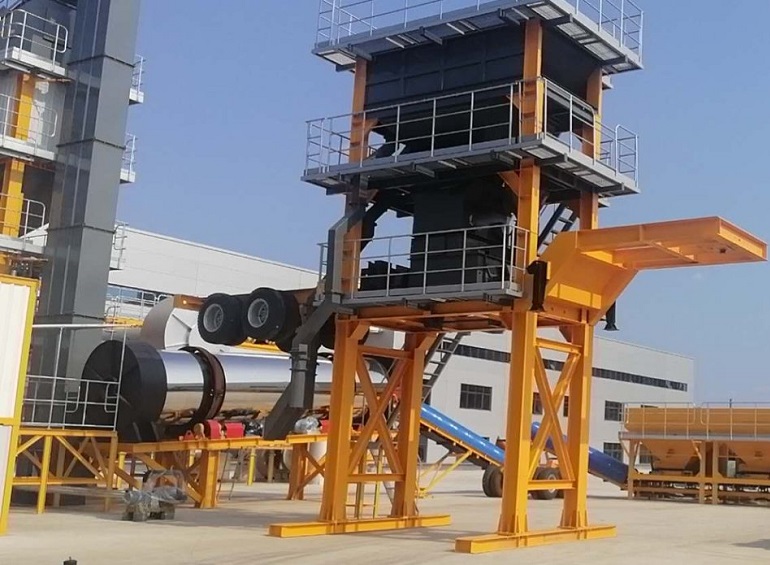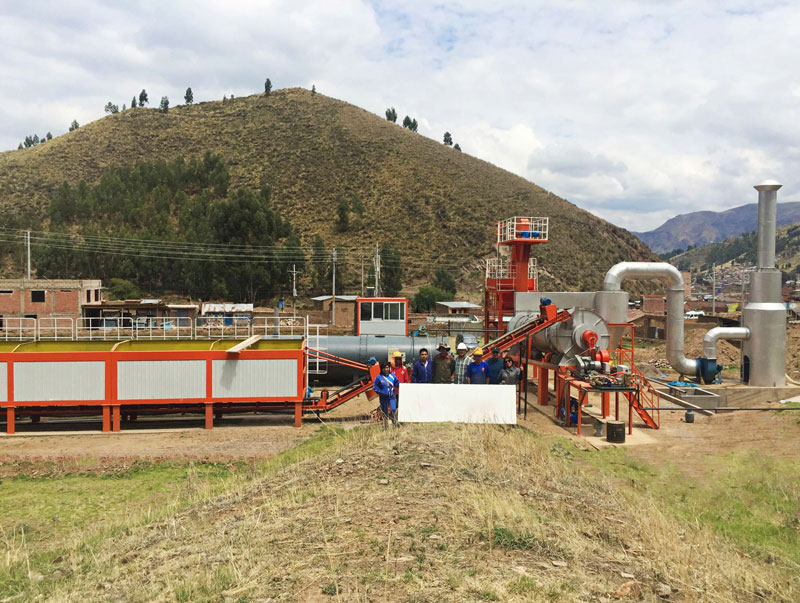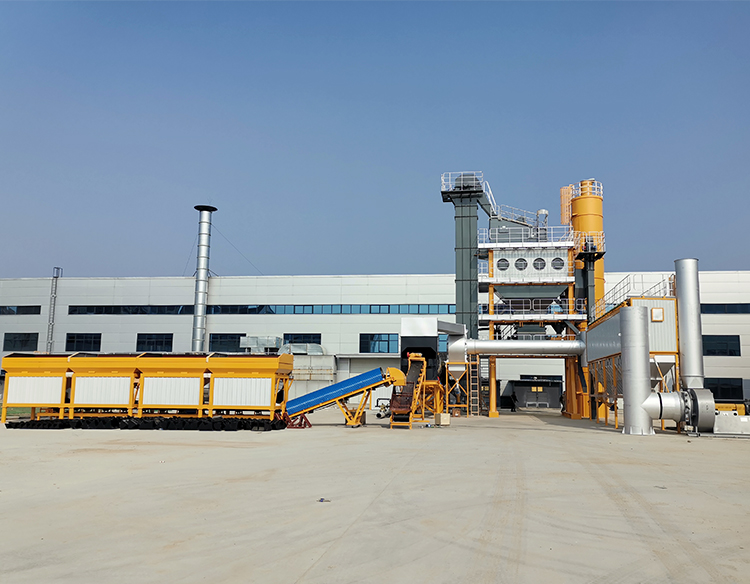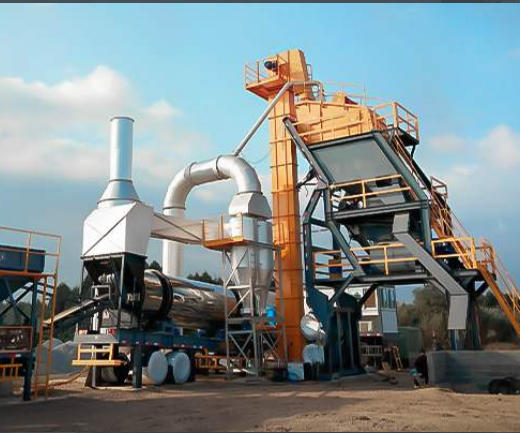Methods and precautions for cleaning bitumen tanks
This requires you to clean it frequently. Professional workers are required to clean the bitumen tank. Use professional tools to clean up the heating pipe quickly. Do not use too much force to avoid damage to the pipe. Use professional tools to carefully scrape and paste the heating pipe. If the strength If it is too large, it will easily damage the pipe.
What protective work should be done before cleaning the bitumen tank?
The bitumen tank is cleaned with diesel oil. If there is a certain thickness, it can be cleaned by physical methods first, and then added with diesel oil for cleaning. When extracting the base oil, start the ventilation system to ensure the ventilation of the workplace. In the process of cleaning the bottom of the bitumen tank, it is easy to be contaminated by oil and gas. In addition to checking the technical condition of the ventilation equipment, start the ventilator for ventilation.
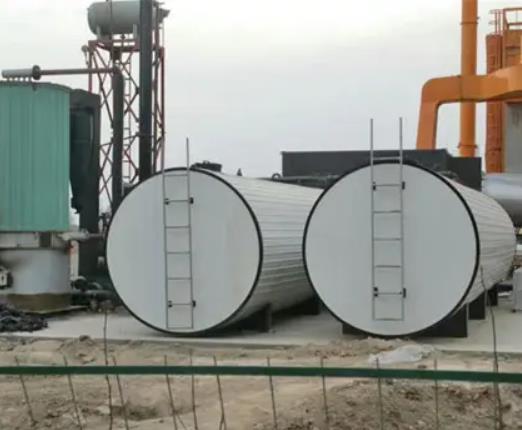
There are two methods for cleaning bitumen tanks, namely dry cleaning and wet cleaning.
Dry cleaning method safety requirements and application steps: 1. Exclude the oil in the bitumen tank. 2. Ventilation can remove the oil and gas in the tank, and the concentration of oil and gas can be determined to the scope of safety management; 3. Personnel enter the tank to clean oil, water and other sediments; 4. Do not dry clean with a saw. 5. Use copper tools to remove these local rust; 6. Completely wipe with a mop; 7. Acceptance of dry cleaning service quality supervision and inspection items.
Safety requirements and application steps of the wet cleaning method: 1. Remove the oil stored in the bitumen tank; 2. Ventilate to remove the oil and gas in the tank, and determine the oil and gas concentration to a safe range; 3. People enter the tank to clean oil, water and other sediments ;4. Use 290~490kpa high pressure water to flush the oil and floating rust in the tank.
The specific operation steps of bitumen tank cleaning:
1. Soften the bitumen at a temperature of about 150 degrees and let it flow out. Residual parts on the walls can be cleaned with kerosene, gasoline and waste chemicals.
2. Asphalt is the product of crude oil processing. It mainly contains soluble trichloroethylene derivatives. It is a black or dark brown viscous liquid or solid at room temperature. Its properties and composition vary with sources and production methods. Asphalt, like petroleum, is a complex organic mixture with no fixed chemical composition and physical constants. Many petroleum minerals form a continuous series in transitional form.



 RU
RU MM
MM AR
AR
